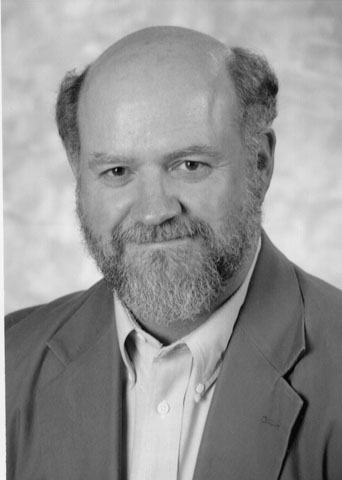whose book of poetry,
Looking for the Pale Eagle,
was published by The Woodley Press in 1993.
 _____
_____
 _____
_____
Stephen Meats comes from small-town Kansas, was born in LeRoy (613), and grew up in Concordia (5,706). He was educated at Kansas State University and the University of South Carolina. Then, since 1979, he has been a teacher of literature and writing, and an administrator, at Pittsburg State University, where, since 1985, he has been poetry editor of The Midwest Quarterly. According to the comment at the end of Looking for the Pale Eagle, the principle influences he acknowledges on his own poetry are the Kansas plains and the Florida gulf coast in all weathers, the sacred spirit of the wild creatures of the plains and gulf coast, his family history, the poetry of Duane Locke and Robert Bly, and other such elemental forces.
From the Editor's Introduction:
Stephen Meats' poems are bolts of lightning or Zen satroris (awakenings). They flash with adventurous images and juxtapositions. Take the description of two redbirds in "False Spring":
Here human circulation echoes instinctive patterns of birds, in a conceit reminiscent of John Donne. The color red is implicit in blood, heart, and cardinal, adding another level of sensory experience. In "A Child Falls Asleep," the creaking of a stock tank windmill becomes a father "limping/ across the pasture/ toward home." With these unexpected turns, the poet reworks landscape around him into his own world of events.Each dawn, like blood
returning again and again to the heart,
cardinal and mate
return to the feeder nailed to the sycamore.
If you are interested in more information on the book (including purchasing
instructions), see the page describing it on
The
Woodley Press Web Site, which presents the poem "Counting
the Colors of Sycamores" to show how Meats associates the life of the tree,
and the cosmos, with a larger sense of "color," and comments on how, although
many of the poems include familiar sights--hay bales, crows, and fields--Meats
also describes the semi-rural life of a small town, but, most of all, "writes
about the possibilities of the human mind, as we follow him on fantastic
voyages of language."
I offer here, as my choice for best sample of his work, the title poem:
Looking for the Pale EagleThe world is winking
at us all the time.Take for example
that red-winged blackbird
we have admired and
grown tired of admiring
poised on the up-curve
of cat-tail stems
in every watery ditch
from Idaho to Florida.
One day on a drive to Wichita
I saw that thousandth
or ten thousandth blackbird.From below its crimson epaulet
aglint of yellow winked at me.Sunlight sang
across the ditch water.
I remembered the polished turning
of plowed ground near Dyersburg,
the light-edged scales
of a moccasin sunning
on a cypress log
in the Combahee,
the pale eagle rising
in the moon's face.Wind through the car
windows laughed at me.
See--it was always there.
All you had to do
was look--and look--
and keep on looking.